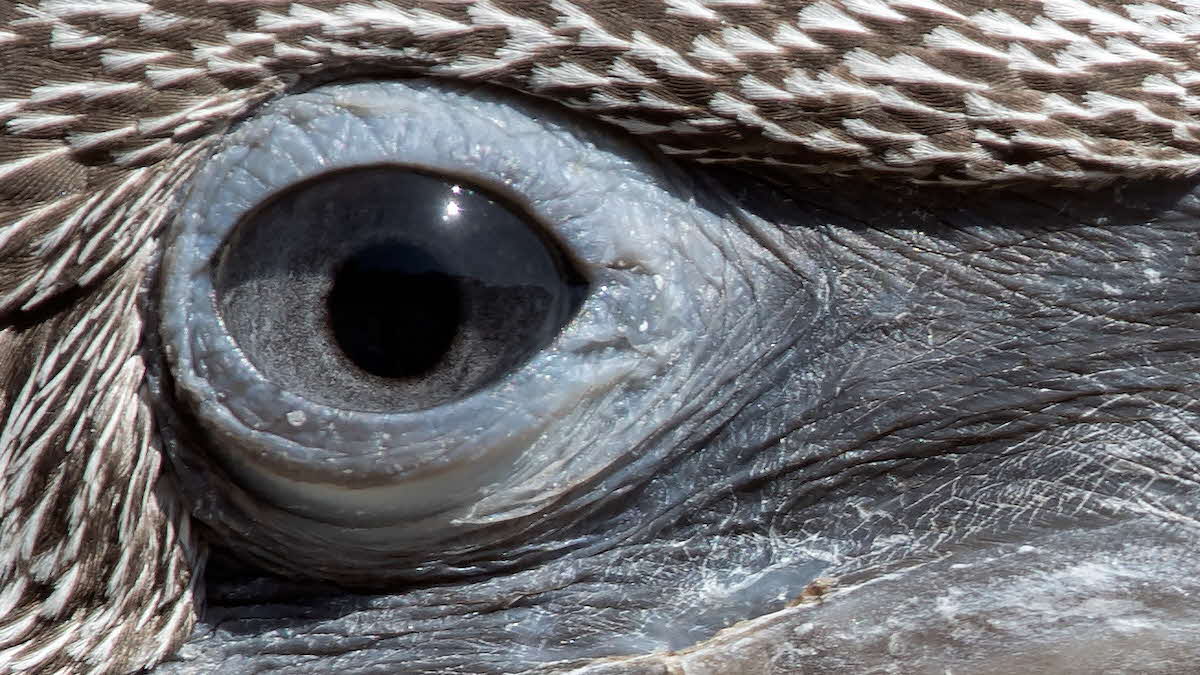Top nature campsites
You’ll be amazed at the variety of animals to spot on some of our Club campsites
View our top nature campsitesDavid Chapman uncovers the abundant flora and fauna to be found along the canal network
Stepping onto a canal towpath is almost like embarking upon a journey into the past. History oozes from every lock gate, humpback bridge and tunnel, and change happens delightfully slowly. Canals have been a feature of our countryside and cities for almost 250 years, acting as arteries along which plants and animals can thrive, while carrying the single most important element for life: water.
At the margins of the canal we find a selection of moisture-loving plants, including reeds and rushes. These might host reed buntings, and reed and sedge warblers nesting in the summer. Across the surface of quieter canals we might see water lilies, which come in various forms including the diminutive, fringed water lily with its yellow, frilly-edged flowers.
In summer, splashes of colour are provided on the banks by tall spikes of purple loosestrife and pink patches of the invasive plant known as Himalayan balsam, which was introduced in the 1830s.
Bees don’t mind whether the plants are native or not, and you’ll find them busily collecting nectar and pollen from whatever flowers they can find. Insect life on the canal towpath can be mesmerising. On a hot summer’s day dragonflies and damselflies abound. One of the notable species is the banded demoiselle, which flies almost like a butterfly. The male is bright blue, with a distinctive black band across its wings (the female is green with translucent, pale green wings). You will have to look closely to see the many smaller types of damselfy. Two of the more easily identifiable are the male blue-tailed damselfly, which has a single blue segment towards the end of its abdomen, and the male large red damselfly, which has a striking colour contrast of red and bronze.
Dragonflies spend most of their lives as underwater larvae, emerging for only a few weeks to mate and disperse. They aren’t the only creatures to do this: caddisfly larvae encase themselves in underwater detritus for camouflage until they emerge as adult flies. They aren’t as attractive as dragonflies, but mayflies certainly are. Despite their name, different species of mayfly fly at different times throughout the summer. Unlike dragonflies, adult mayflies don’t have a digestive system, so they live only as long as they can survive on the nutrients stored from their larval stage, which is usually no more than a day.
This bounty of insect life attracts other wildlife to the canals. Many species of fish feed on insect larvae, and they in turn become prey, for example, to otters. It’s unlikely that we will see otters on a casual walk along a towpath during the middle of the day, but visit at dawn and the canal is a very different place. Even if you don’t spot an otter in the flesh, you might find signs of activity, such as tracks or spraints (dung), which are dark and fishy, and usually deposited on prominent features, such as large stones beside the canal, as territorial claims.
Dawn is also the best time to spot another rare mammal that favours canals: the water vole. It is possible to tell if water voles are present by looking for their holes on the canal bank. There are often patches of grazed vegetation around these holes, and more nearby may have been grazed down to the stems at a 45˚ angle.
In the heat of the day, it is worth looking for grass snakes. These cold-blooded reptiles specialise in finding prey in the water, but will only be tempted into the canal in hot weather to hunt small fish, frogs, newts and tadpoles.
Throughout the day an array of bird life can be observed, the most common residents being moorhens, coots, Canada geese, cormorants, mallards and swans. Summer is a lovely time to see these birds as many of them have young in tow, but it’s also nice to spot some of the less common residents.
Grey herons stalk patiently through the canal-side rushes. Kingfishers love the slow-flowing water; they can see through the calm surface to spot fish, and often rest on overhanging vegetation. You might think, given its brightly coloured feathers, that this blue and orange bird would be easy to spot, but it’s actually their high-pitched whistling call that usually gives them away.
We never know what we might see along the towpath, but one thing we can be sure of is the walk will be gentle, pleasant and relaxing. So give yourself a treat – find a Club site near a canal and see what you can find.

Every month I will show you a photo of something from the natural world. It might be a close-up, or a subject that is difficult to identify. All you have to do is figure out what it is! Here is this month’s photo; no clues or prizes – it’s just for fun. I will give you the answer next month – but if you can’t wait, log in to the Digital Magazine app.
The subject of July’s mystery photo was: a male sand lizard